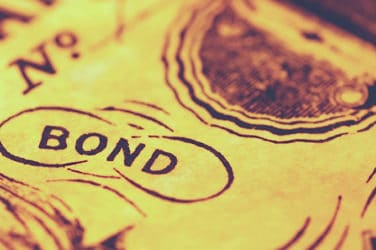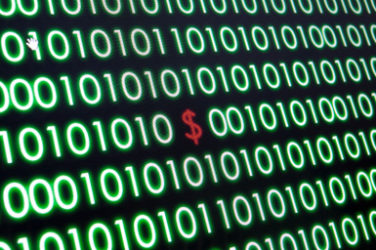
Exchanges, as well as regulators, around the world are considering implementing different methods to reel in high-frequency trading.
Regulators have put the pressure on market participants to deal with high-frequency trading, which has been blamed as the culprit behind the ‘flash crash’ as well as on other spurts of high market volatility.
In Europe, regulators are considering pulling the reins in on high-frequency trading by imposing transaction taxes on the most prolific offenders. However, market participants believe this is not the way to go.
“There is a very strong sentiment within the entire financial community, including Europe, whether buy side or sell side, and latency-oriented traders or not, that the tax will harm the markets,” said John Cogman, director of Autobahn Equities at Deutsche Bank. Cogman noted that the European Commission’s own study said that the tax would only have an impact of 1.8% GDP, and could potentially be revenue-negative or revenue-neutral. “That tax they will use to punish HFT firms won’t generate revenue because it’s so costly to implement and because it will negatively impact volumes,” he said. “It’s an emotionally-driven rule.”
Market observers can look to Sweden in the 1980s as a case study, when the nation imposed a so-called Tobin tax on trading. The initiative generated significantly less revenue than anticipated due to the costly implementation process and substantially declined trading volumes. During first week of the tax, bond trading volumes dropped 85% and futures trading dropped 98%, while options trading virtually disappeared.
“You need intermediaries to fill the gaps,” said Cameron Smith, general counsel at Quantlab Financial. HFT proponents often note that they provide much needed liquidity for traders looking to quickly get in or out of a position.
Two U.S. exchanges have recently announced initiatives designed to manage high-frequency traders, stopping short of charging fees.
Nasdaq announced plans to fine high-frequency traders who fill the markets’ data pipes with unnecessary quotes which are then later cancelled. Nasdaq’s scheme will penalize traders that send over one million messages per day but generate less than one trade per 100 messages, with the penalties ranging from 0.01 cents to 1 cent per trade and charges increasing the further the messages are from the market price.
Direct Edge will implement a similar plan, called a message efficiency program, targeting customers whose trade-to-message ratio is less than 1-to-100. Those customers exceeding the ratio will receive lower rebates to place quotes in the market, down to 0.33 cents from 0.34 per share, according to the Financial Times.
“These moves are reasonable,” said Deutsche Bank’s Cogman. “It’s good for exchanges to do it rather than regulators.”
The moves came weeks after the London Stock Exchange’s Borsa Italiana said it would introduce a new set of fees intended to reel in high-frequency trading. It intends to charge traders if they send too many orders into its system. The new pricing system will be an update to a mechanism that was first introduced four years ago. This move is in response to the request of the regulator of Italian markets last year to curb HFT and stabilize the markets.
There has been a lot of discussion as to whether or not high-frequency trading has introduced any significant volatility or instability to the markets, with proponents on both sides of the fence. According to a survey conducted by block trading venue operator Liquidnet, institutional investors are concerned about the effects high-frequency trading is having on the marketplace.
Meanwhile, a report released by the Tokyo Stock Exchange last year refutes claims high-frequency trading is having a detrimental effect on the marketplace. In August, the traditional buy side was conducting mass sell-offs during the market volatility and the rapid-fire buy and sell orders from HFTs essentially had a net-neutral effect. The TSE classifies high-frequency trading as orders sent from its co-location facilities, which makes up about 30% of overall trading volume of its exchange.





